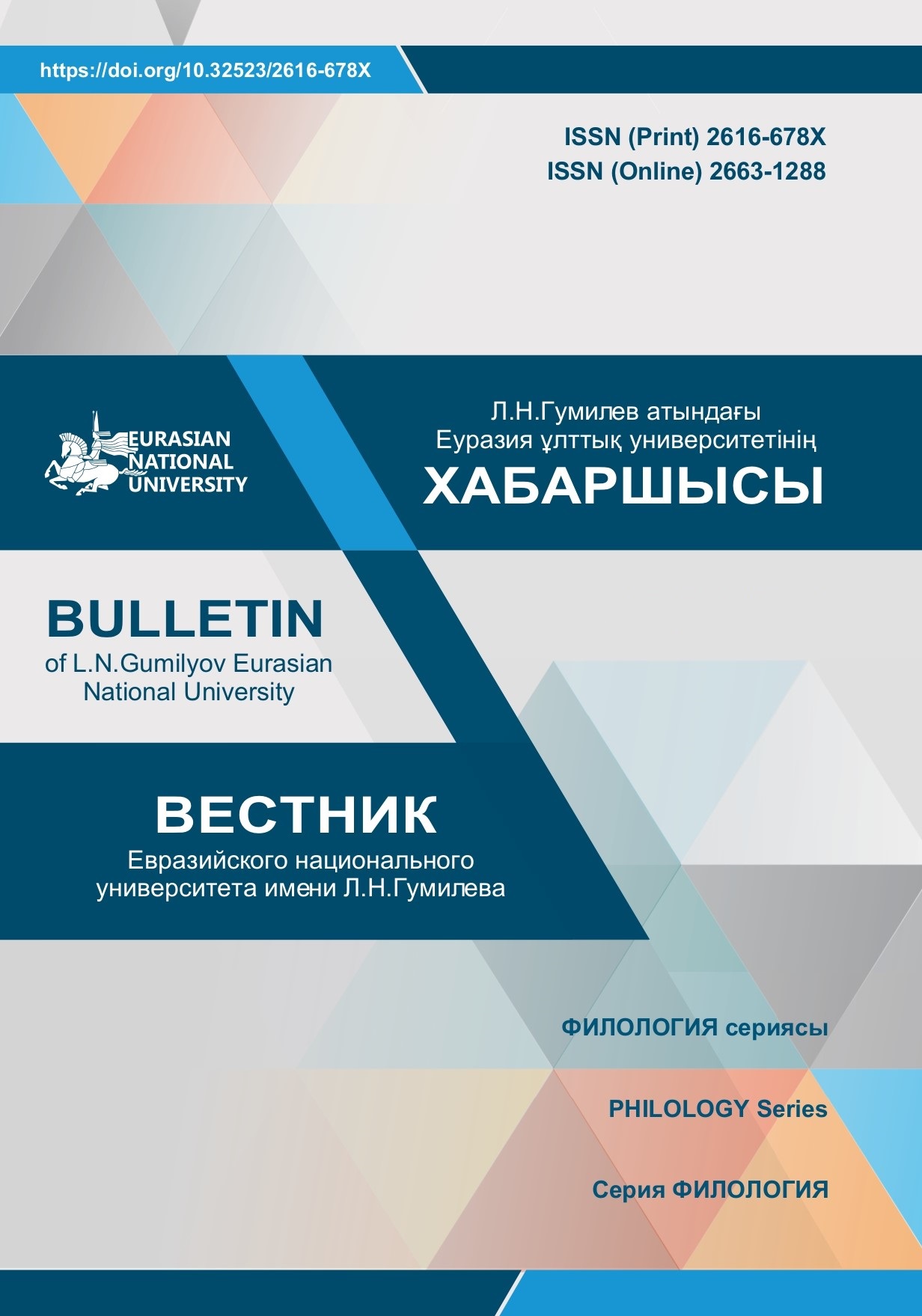Phraseology describing behavior in Kazakh and Turkish languages: functional and parametric analysis
Views: 228 / PDF downloads: 796
DOI:
https://doi.org/10.32523/2616-678X-2022-141-4-67-78Keywords:
qualitative semantics, linguoindicators, phraseological meaning, phrasemosemiosis, фраземосемиозисAbstract
The article analyzes qualitative semantic phraseologisms describing human behavior in Kazakh and
Turkish languages in a comparative way from functional and parametric aspects. It is formulated that denotative
and motivational components in the structure of phraseological meaning reflect the character of phraseologisms
as language symbols. Characterized by an evaluative component determined by the criterion «good – bad»
through the image, an emotional component measured by the scale « approving-disapproving», and a stylistic
component derived from their content. İt is concluded that within the boundaries of «approving-disapproving»
emotions such as hatred, reproach, contempt, and mockery take place. Phraseologisms are recognized as the
main linguoindicators that allow us to determine general Turkic commonalities and to distinguish between the
individuality of each nation recognized. As a result, it is concluded that the evaluative, emotional and stylistic
components in the structure of phraseological meaning strengthen the pragmatic potential of phraseologisms
and determine their communicative function, and the national-cultural component determines the cognitive
function of phraseologisms







